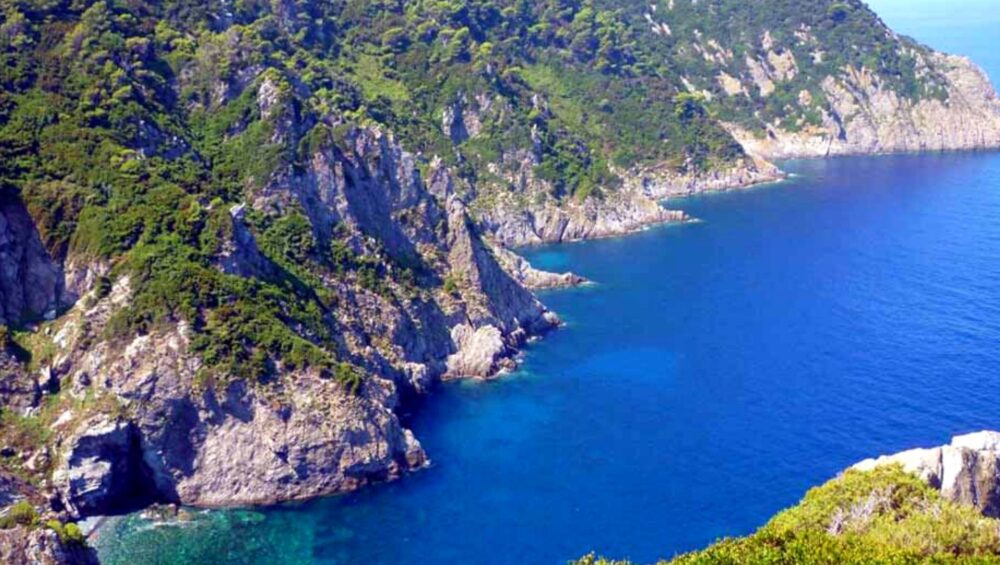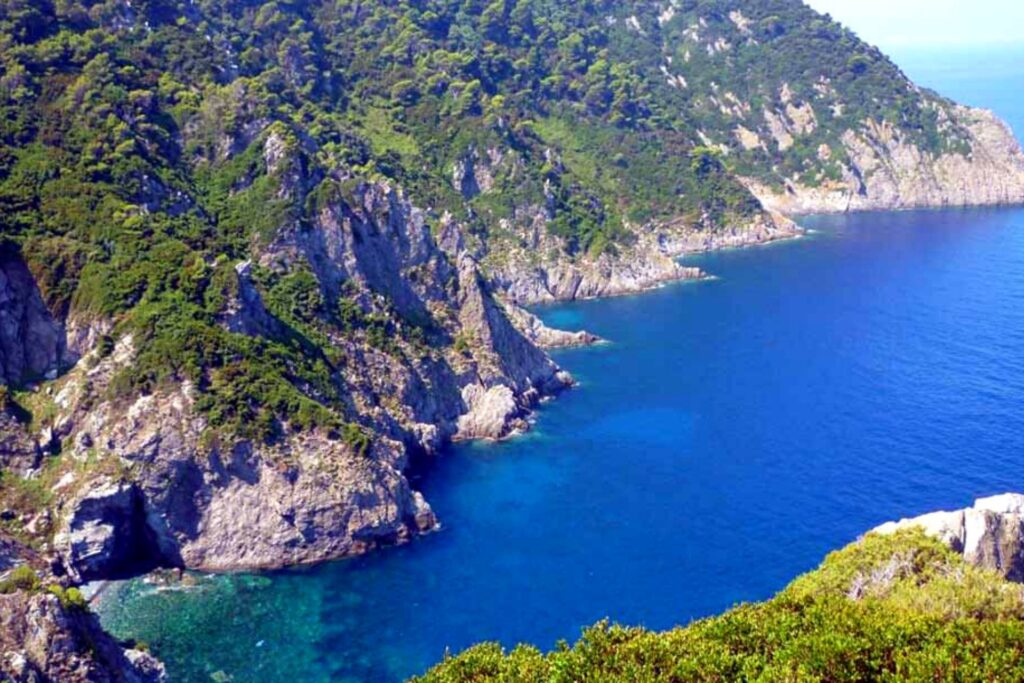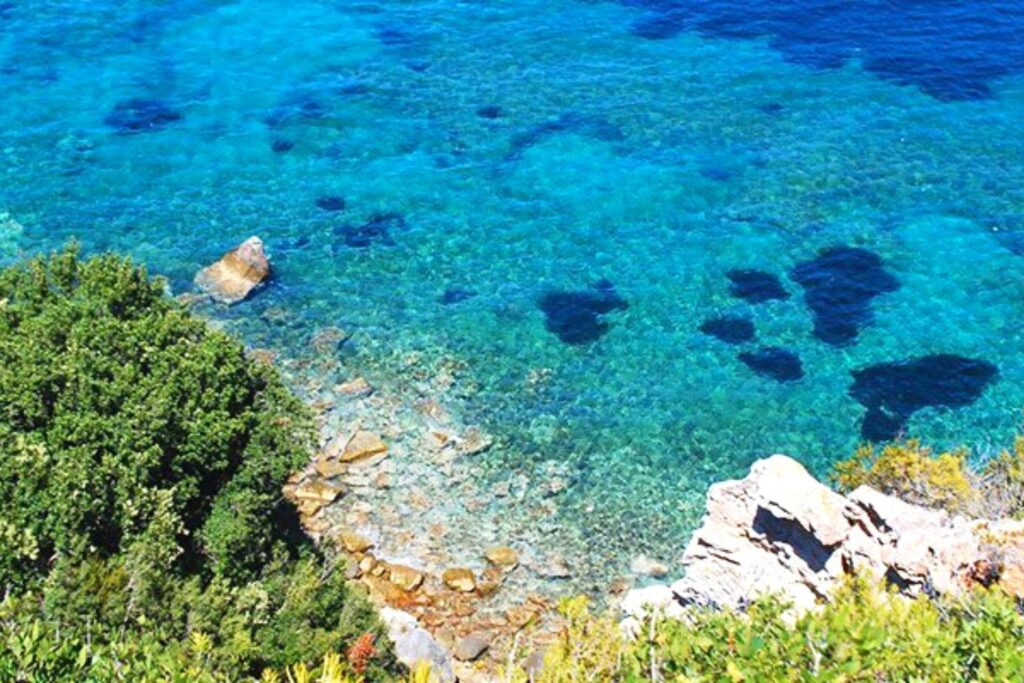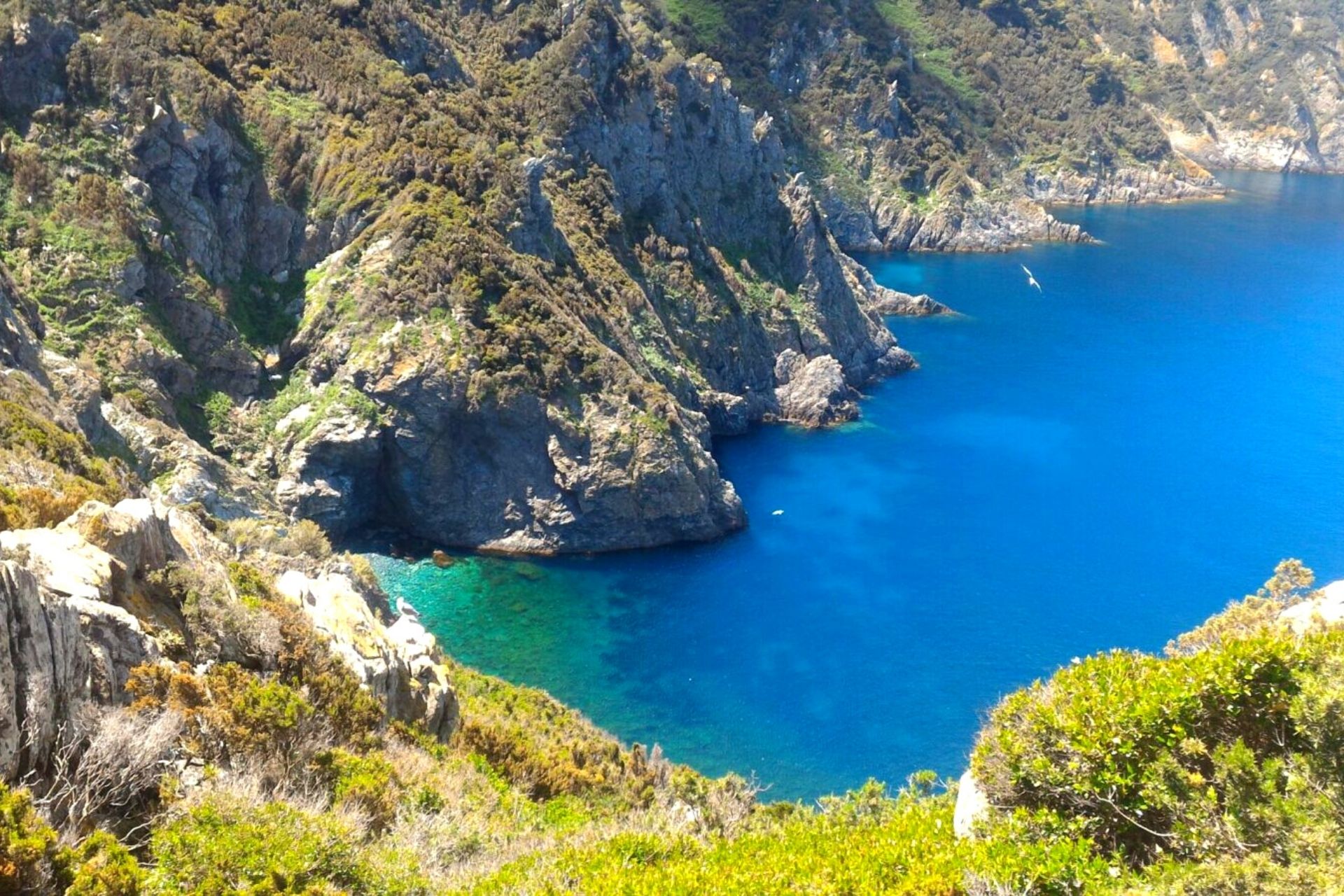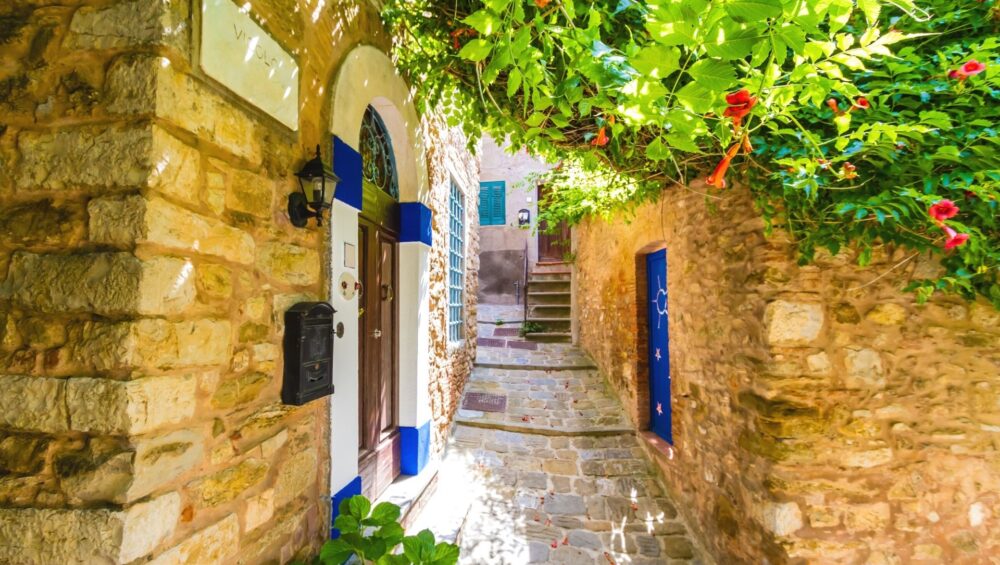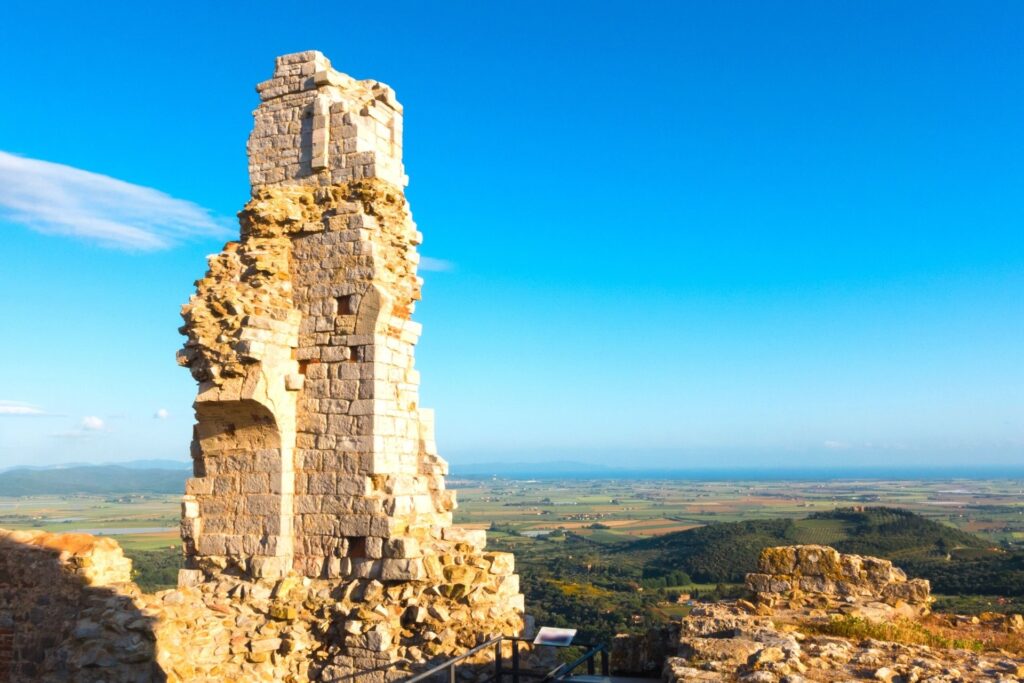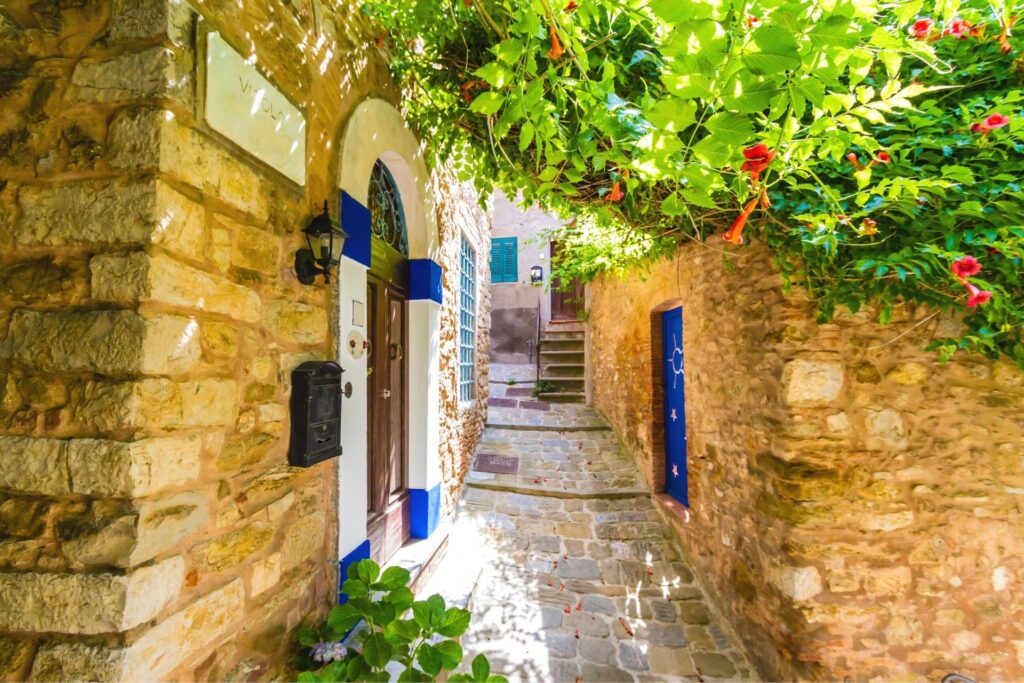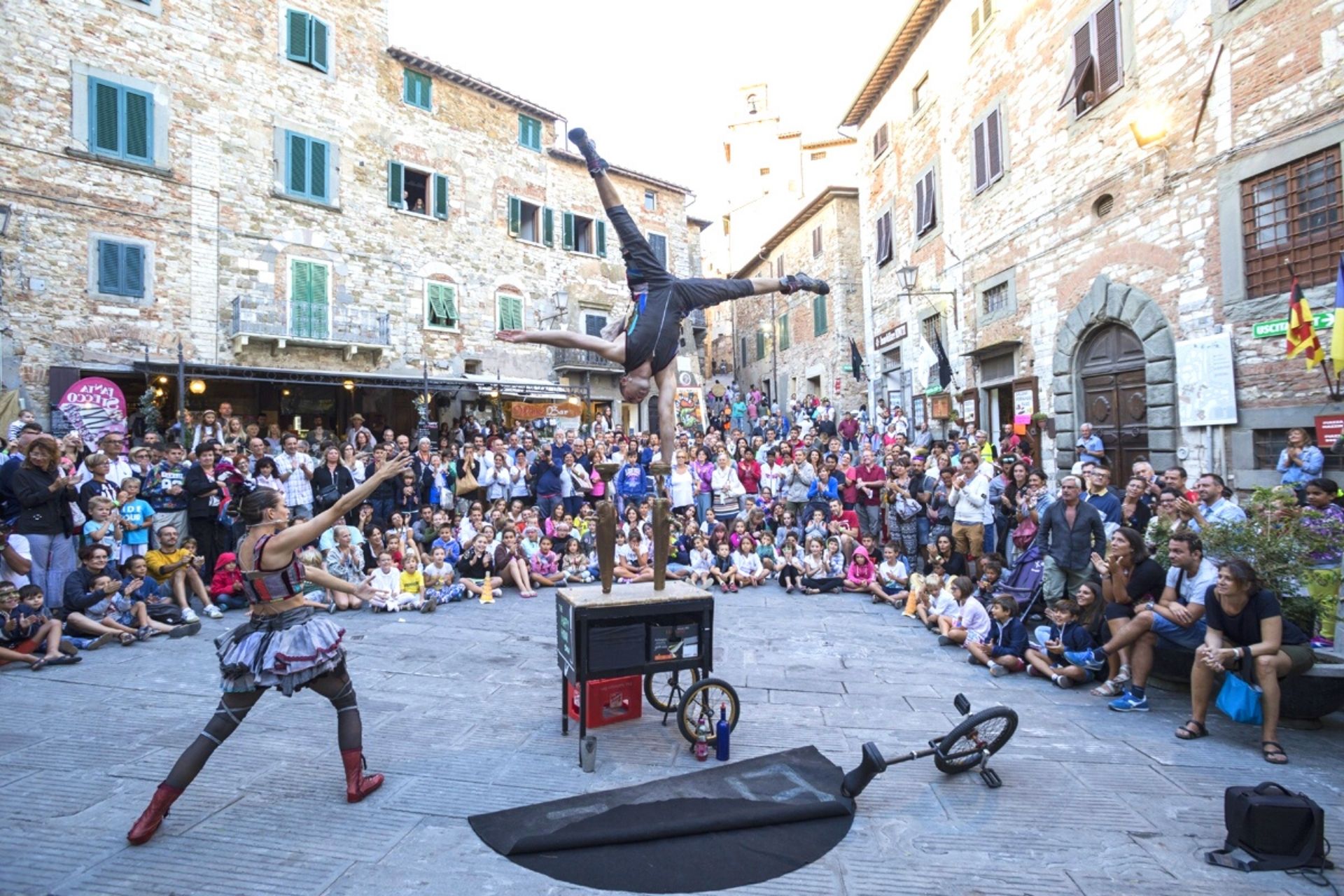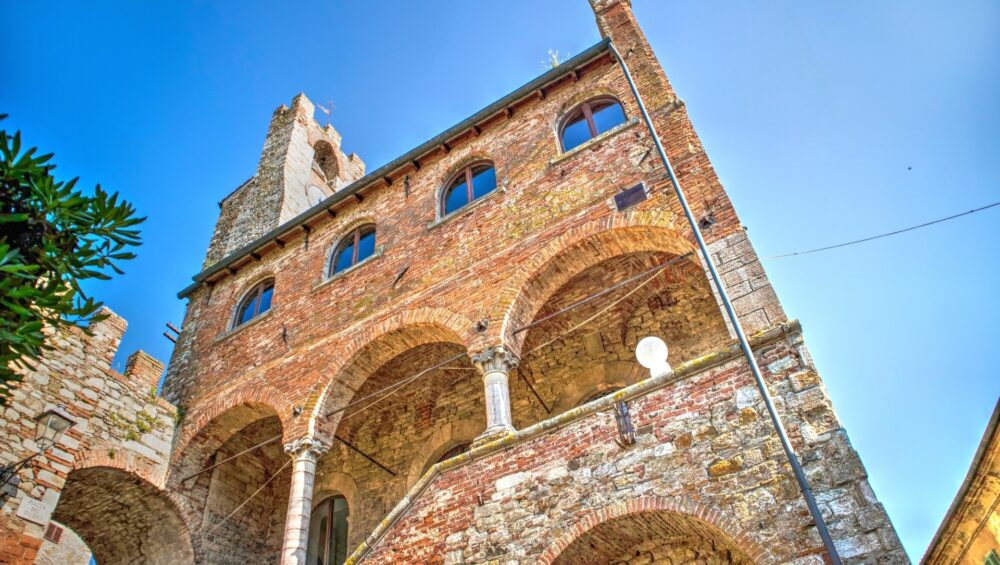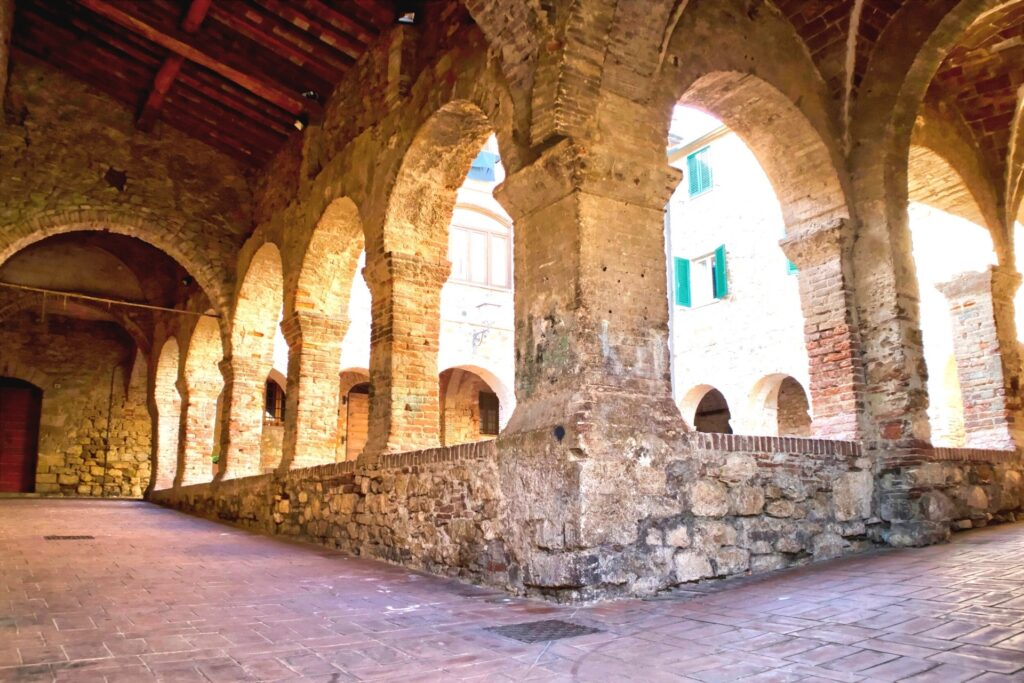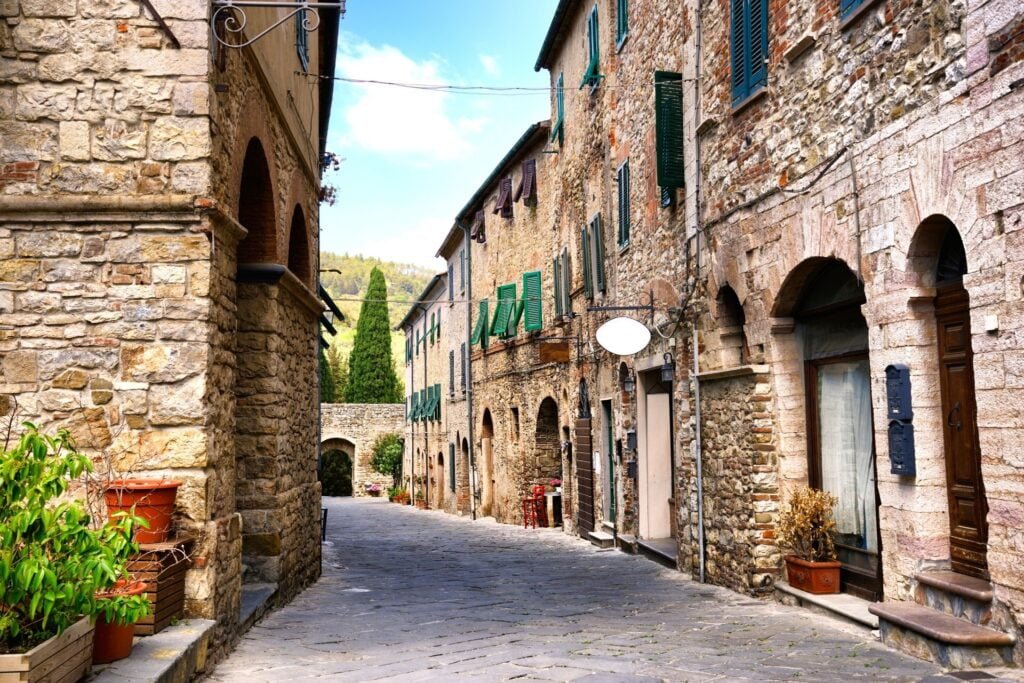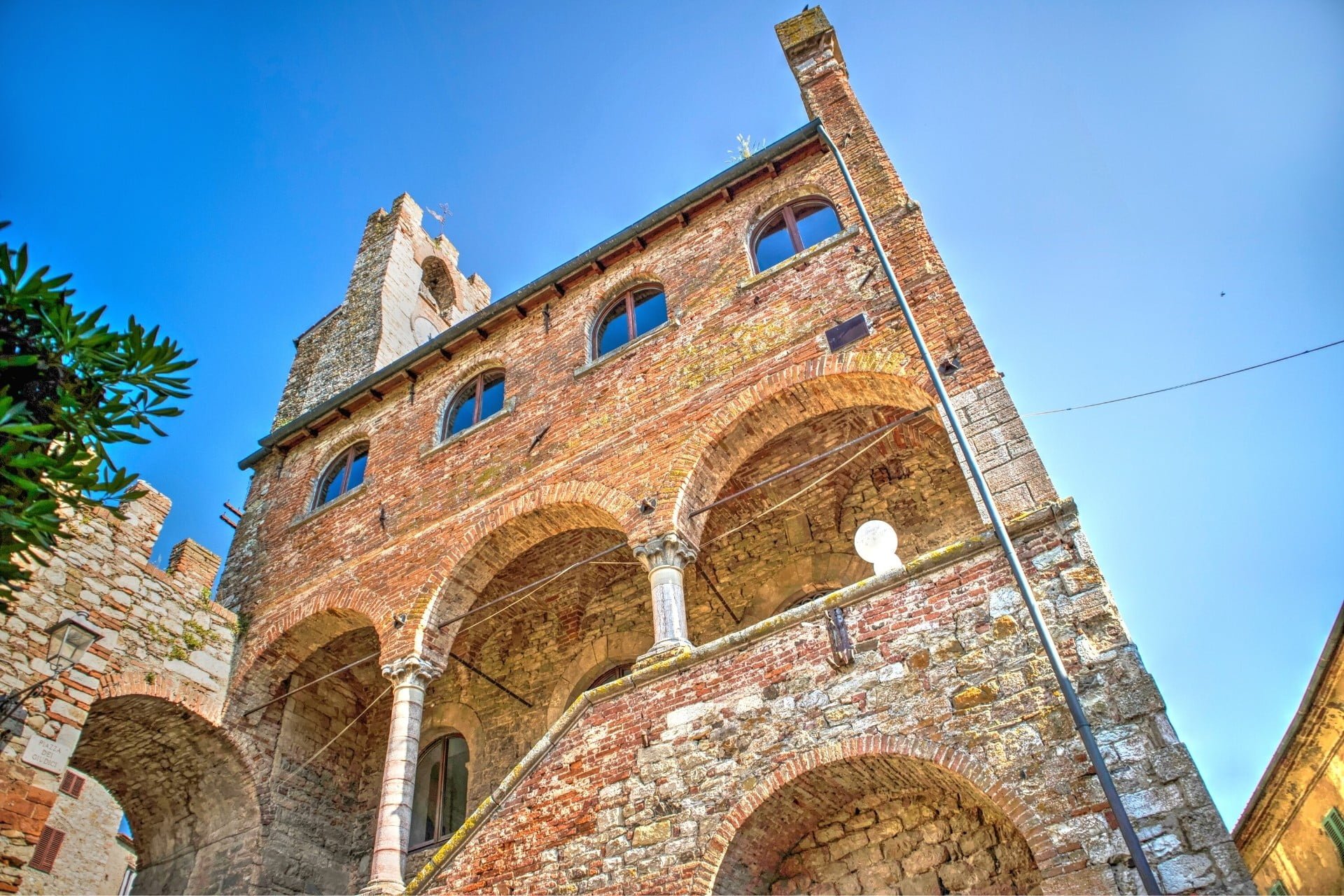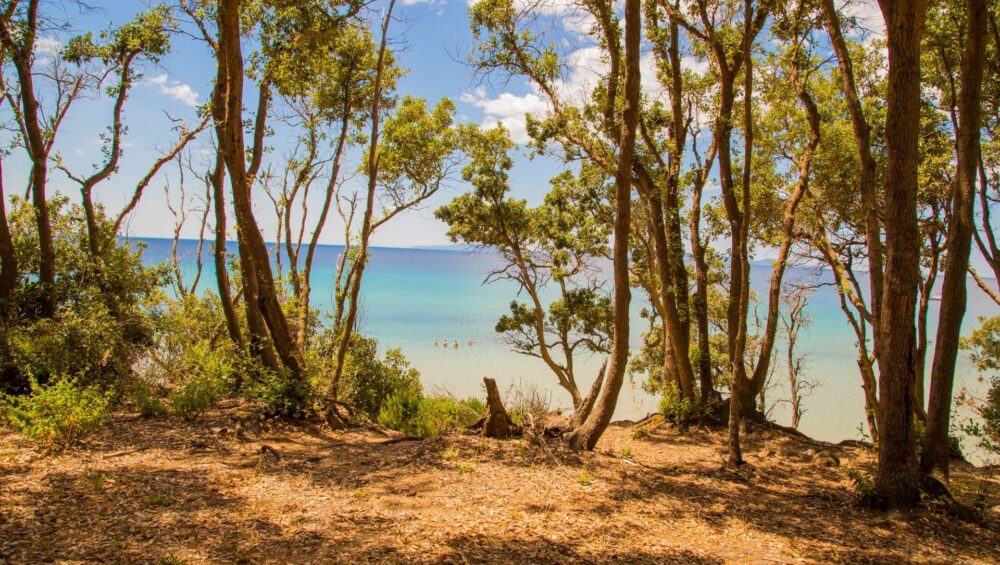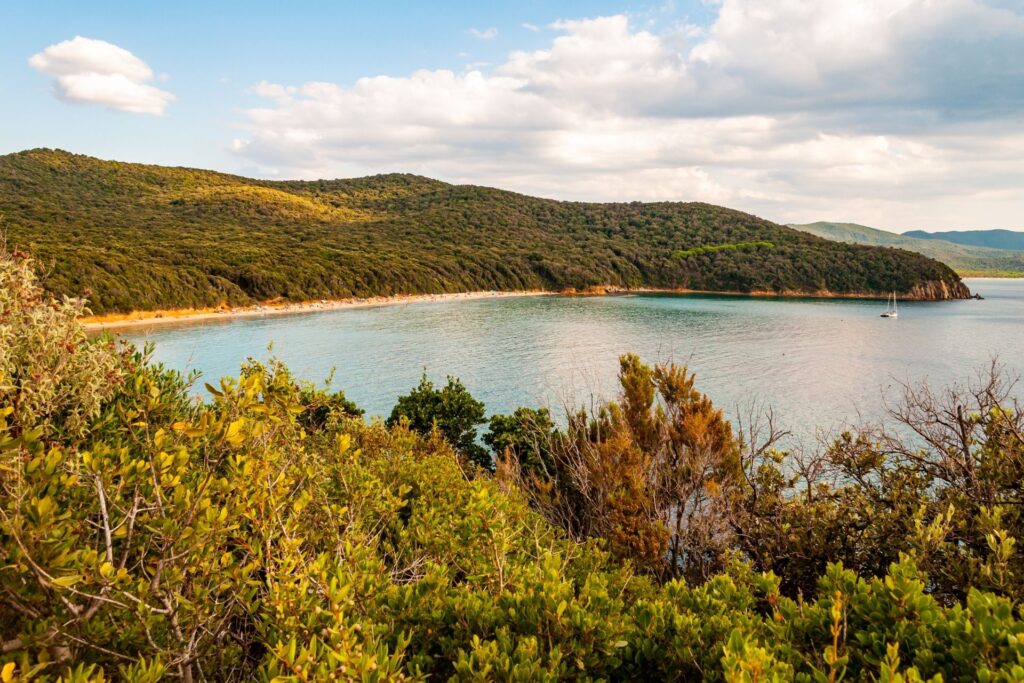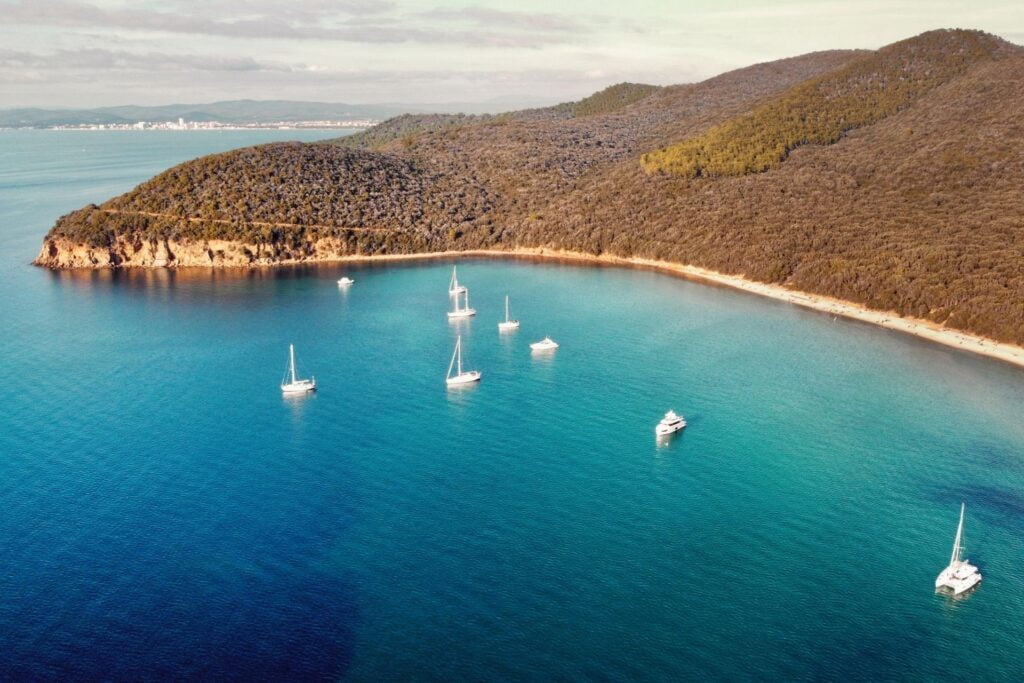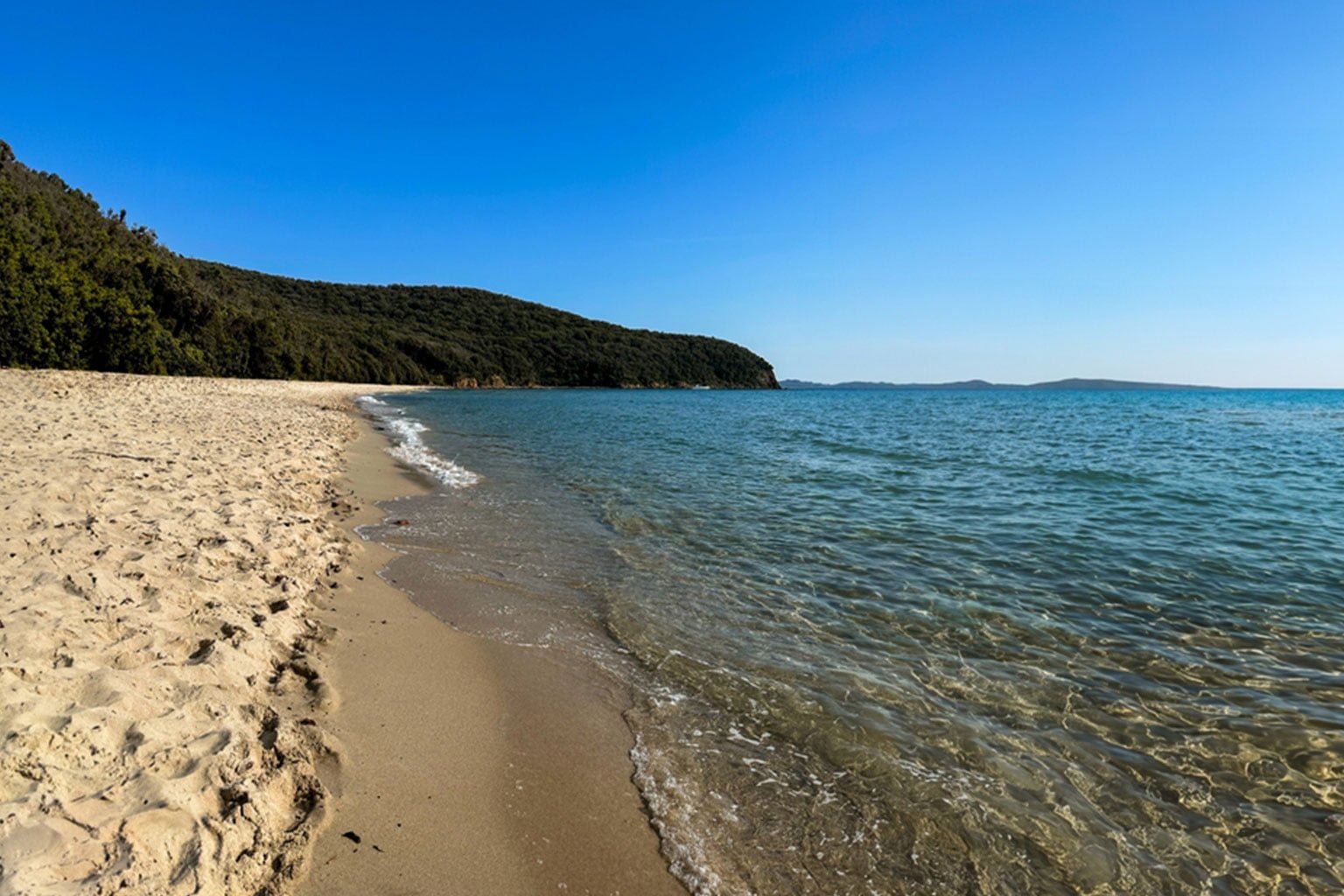Island of Capraia
Pappasole-village
Buca delle Fate
Island of Capraia
Capraia is the third largest island in the Tuscan archipelago and the only volcanic island. A true natural and geological paradise where the colour contrast will make your visit sublime. To enjoy this contrast, it is necessary to visit Cala Rossa di Capraia. This is none other than the remains of a volcanic cone. Here you will experience the true chromatic power of nature: the red rock plunges into the clear turquoise sea.
What to do on the island
The island of Capraia, also mentioned in “Casa sul mare”, a famous poem by Eugenio Montale, is the only volcanic island in the archipelago and the third largest in terms of size. It was formed around nine million years ago and the striking red rocks bear witness to the original ancient eruptions. The island is covered by Mediterranean bush and today is at the centre of the ‘cetacean sanctuary’, immersed in Europe’s largest marine protected area. It is an autonomous municipality in the Province of Livorno and is populated by about three hundred inhabitants, who live in a well-kept centre with characteristic alleys and sloping streets. There is also the harbour, of course, and it is home to a small marina, connected to the town by a passable provincial road and a scenic road of Napoleonic origin that can only be travelled on foot. But the real pearl of the island is its coastline, characterised by inlets and cliffs washed by a crystal-clear sea. Cala della Mortola can only be reached by boat, while the other coves, such as Cala dello Zurletto, can be reached by sea or by land. Cala Rossa, instead, is what remains of an ancient volcanic cone. It is here that you can witness the most amazing contrast of the whole island: sanguine rocks reflected in the crystal clear sea! If you are interested in the wilder side, you cannot miss the western side. Here you will witness a majestic natural spectacle: cliffs eroded by the wind and lapped by the sea with a mysterious cave with two entrances in the middle are just some of the wonders you will find there! This island is certainly a paradise for divers and others. Clear seabed, crystal clear water, and many different kinds of fish: from the wrasse to the Carabiniere, from the dentex to the black sea bream, groupers, bream, scorpion fish, amberjacks, tuna, barracudas, croakers and common dolphins passing just off the coast. And who knows, maybe you will also encounter sunfish or chestnut fish or spot the fin whale or sperm whale offshore. Another activity that is sure to leave you breathless, given the shape of the island, is trekking. Walking through the Mediterranean maquis to the mountain peaks, meeting mouflons, wild rabbits, whitetails and birds of all kinds is an unforgettable experience! The walk will take you to the Stagnone, the only natural freshwater lake in the entire Archipelago, to the Piano, an ancient Roman settlement, or to the former prison, which can now be visited freely.
Capraia Island: what to see
What to see on Capraia Island depends a lot on both your interests and the time you dedicate to stopping over. However, it’s enough to search the Internet and scroll through Capraia’s photos to immediately understand what attracts you most. If you search for Capraia on Tripadvisor, you’ll get great suggestions to start your visit. Surely you will be suggested to see Cala dello Zurletto and Cala di San Francesco, but also Forte San Giorgio and many other historical and naturalistic attractions.
Of course, if you are more attracted by beaches and the naturalistic side, in addition to the 2 coves mentioned above, you cannot miss Cala della Mortola, and above all you cannot miss the opportunity to go diving in Capraia, since it holds one of the most beautiful and richest seas in the Tuscan archipelago. Do you love walking and discovering new territories? Then decide to visit Capraia on foot by taking part in one of the many excursions offered on the island and treat yourself to a taste of the delicious food cooked in at least one of these restaurants: La Garitta, il Carabottino, le Sughere. Do you love seafood cuisine combined with folklore? Then try to be on the island at the time of the Capraia squid festival, i.e. during the All Saints’ Day long weekend.
How long to stay in Capraia?
Only you can answer this question, depending on what you intend to experience of the island. You can opt for a short holiday in Capraia, even one day, or you can decide to dedicate a few more days to your stay on the island. There are not many hotels on Capraia, given its size, but it is possible to find a place at the Beppone di Capraia guesthouse, for example, perhaps booking well in advance.





